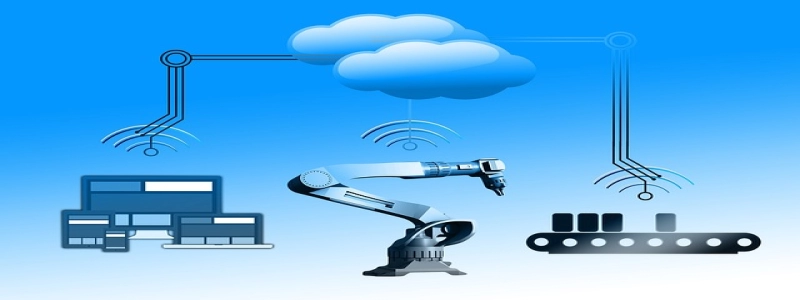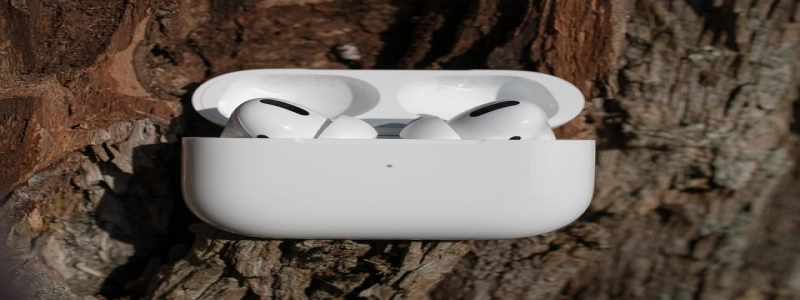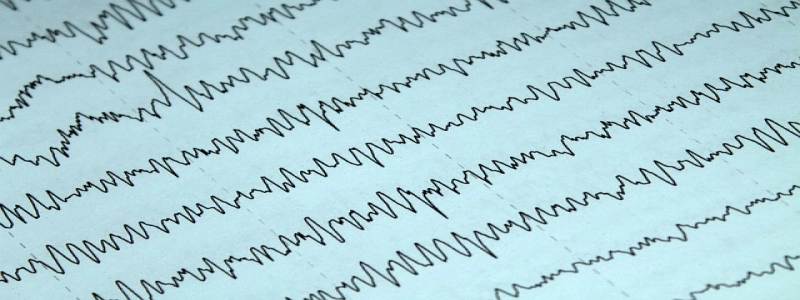Ethernet Cable Cat 6 vs Cat 8
Invoering:
Ethernet cables are an essential component of any modern network infrastructure. They allow data to be transmitted between devices at high speeds, which is crucial in today’s digital world. Two popular types of Ethernet cables are Cat 6 and Cat 8. In dit artikel, we will explore the differences between these two cable categories and explain why one might be a better choice than the other for your specific networking needs.
I. What is Cat 6 Ethernet Cable?
A. Definition: Cat 6 Ethernet cable is a standardized twisted pair cable used for Ethernet connections, supporting up to 10 Gigabit data transmission.
B. Features:
1. Bandwidth: Cat 6 cables can handle up to 250 MHz bandwidth, allowing for fast data transfer rates.
2. Interference: Cat 6 cables have improved insulation and reduced cross-talk, minimizing interference for reliable connections.
3. Compatibility: Cat 6 cables are backward compatible with lower category cables, making them versatile in various network setups.
4. Length: Cat 6 cables can transmit data over longer distances without degradation in signal quality.
II. What is Cat 8 Ethernet Cable?
A. Definition: Cat 8 Ethernet cable is the latest and fastest Ethernet cable standard, designed for high-speed data transmission in data centers and enterprise networks.
B. Features:
1. Bandwidth: Cat 8 cables can handle up to 2000 MHz bandwidth, providing exceptionally fast data transfer rates.
2. Shielding: Cat 8 cables have improved shielding to protect against electromagnetic interference, ensuring reliable connections in high-density environments.
3. Length: Cat 8 cables have shorter maximum length requirements compared to Cat 6 cables, limiting their use in long-distance installations.
4. Compatibility: Cat 8 cables are backward compatible with lower category cables but are optimized for higher data rates.
III. Comparison between Cat 6 and Cat 8 Ethernet Cables
A. Speed: Cat 8 Ethernet cables offer significantly faster speeds compared to Cat 6 cables due to their higher bandwidth capability.
B. Shielding: Cat 8 cables provide better protection against interference, making them more suitable for data centers or environments with high electromagnetic interference.
C. Distance: Cat 6 cables can transmit data over longer distances compared to Cat 8 cables, making them a better choice for longer network connections.
D. Cost: Cat 8 cables are generally more expensive than Cat 6 cables due to their advanced features and higher performance.
Conclusie:
In summary, both Cat 6 and Cat 8 Ethernet cables have their own advantages and are suitable for different networking requirements. If you need high-speed data transmission with advanced shielding, Cat 8 cables are the ideal choice. Echter, if you require longer network connections, Cat 6 cables may be more suitable. Ultimately, the decision between Cat 6 and Cat 8 Ethernet cables depends on the specific needs and budget of your network infrastructure.







